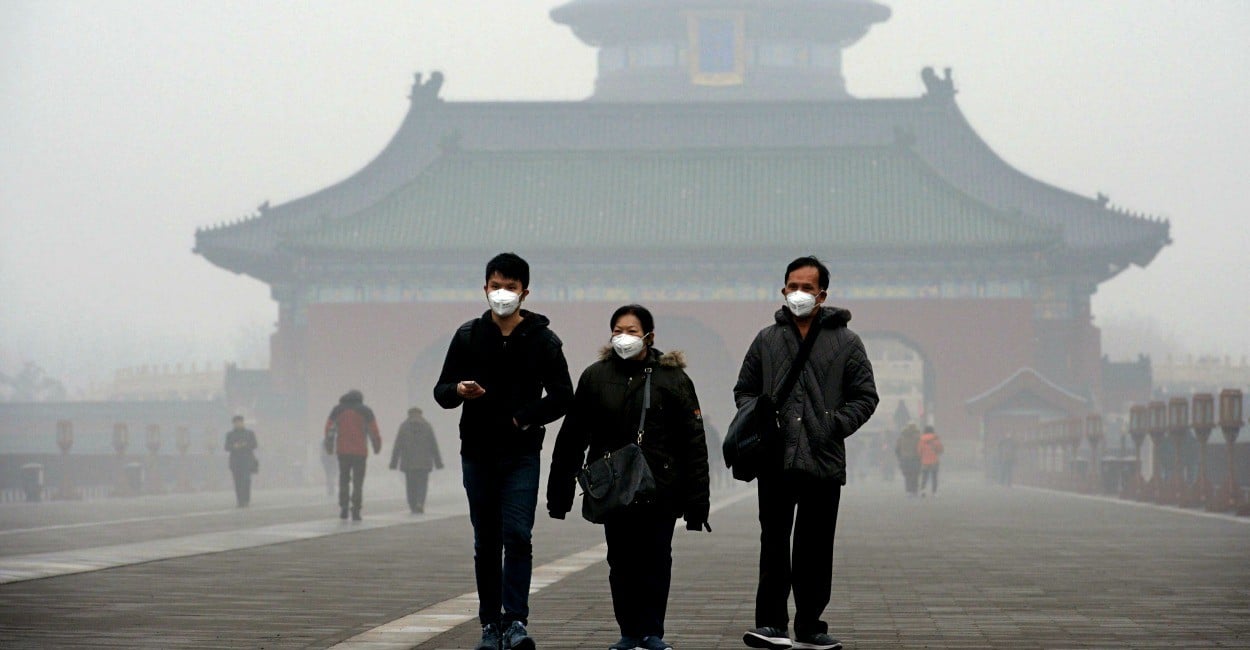
Children in Danger
Air pollution is a scourge for humanity that affects both children and adults alike. It is linked to various respiratory diseases such as asthma and pneumonia, as well as cancer, stroke and heart attack.
Children are especially vulnerable since their bodies are still developing. In addition, they breathe twice as fast as adults, which means that they take in more air relative to their body weight.
All this to say, a new report from UNICEF is exceedingly troubling. The report shows that over 2 billion children around the world live in areas that have air pollution higher than the international standard set by the World Health Organization (WHO). This is set at 10 micrograms per cubic meter (µg/m3) annual mean for PM 2.5 — particulate matter that has a median diameter of 2.5 microns.
Out of the 2 billion children living under these conditions worldwide, 620 million live in South Asia, 450 million live in East Asia and the Pacific, and 610 million live in Africa and the Middle East.
Taking Steps To Reduce Air Pollution

Air pollution is threatening the well-being of children around the world. UNICEF says that children constantly exposed to air pollution run much higher risks of health problems throughout the course of their lives. The American Lung Association cites various studies that show air pollution’s effects on children. These effects include 20 percent lower lung capacity in children, and an increase of cardiovascular diseases.
We are in dire need of taking steps toward reducing air pollution around the world. Sustainable energy, such as wind and solar power, can help since they can replace fossil fuels and give off zero emissions to generate power. Governments of countries such as China have been pushing for cleaner air policies in an effort to curb the increase of pollutants in the air. Major players in he private sector are also doing thier part. Companies like Tesla and SolarCity are developing technologies that could wean us off our dependence on fossil fuels. Developments like these give our children a fighting chance at a healthier future.